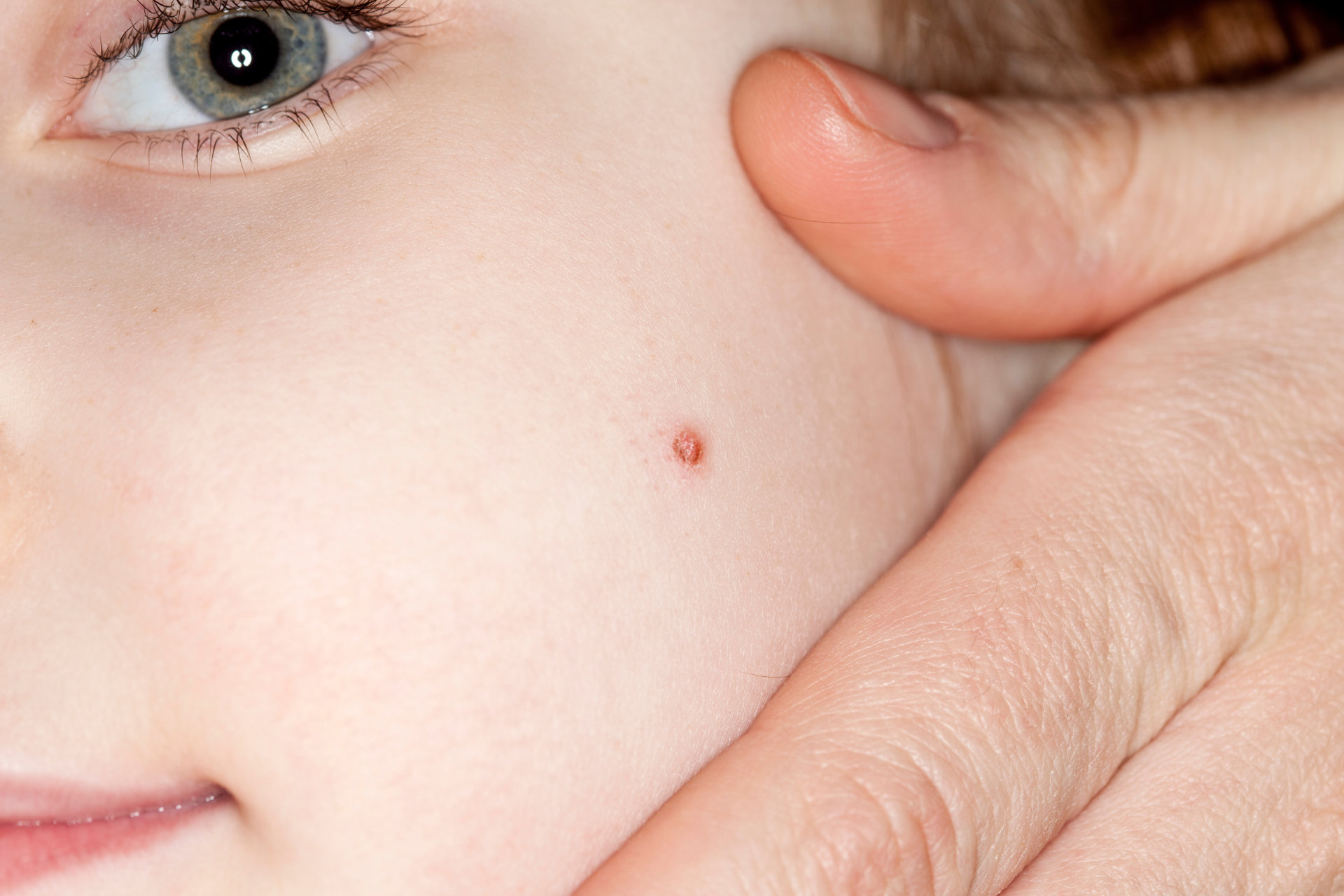Different Types of Warts: Which Ones to Worry About

At Fall Creek Skin and Health Clinic, we understand that skin health is vital to overall well-being, and warts are one of the most common skin issues many encounter. While these growths are often harmless, it's essential to be informed about the different types of warts and when to seek medical advice.
Warts are benign growths caused by the human papillomavirus (HPV). They can appear on various parts of the body and come in several forms. Understanding these types can help you determine whether you should be concerned about a wart.
Common Warts
Common warts, medically known as verrucae vulgaris, are usually found on the hands and fingers. They often have a rough, raised surface and can be flesh-colored, gray, or brown. Although generally harmless, they can be bothersome or painful if located in areas that experience friction, like the hands. Most common warts may not require treatment unless they're causing discomfort or spreading.
Plantar Warts
Plantar warts are found on the soles of the feet and often develop in clusters, forming a mosaic wart. These can be quite painful, especially when walking or standing, because they grow inward due to the pressure from weight. It’s essential to keep an eye on plantar warts; if they cause persistent pain, it’s wise to consult a professional.
Flat Warts
These warts are smaller and smoother than other types and can appear anywhere on the body, though they are most commonly found on the face, neck, and wrists. Flat warts typically appear in groups and can be more noticeable due to their distribution. While they are not usually painful, they can be unsightly for some individuals, leading them to seek treatment.
Genital Warts
Genital warts are a sexually transmitted condition caused by certain strains of HPV. They can appear as small bumps or groups of bumps in the genital area and are essential to address due to their association with other health issues, such as cervical cancer. If you suspect you have genital warts, it’s crucial to see a healthcare provider promptly for evaluation and treatment.
Periungual Warts
Periungual warts appear around the nails and can be particularly stubborn. These warts can be painful and may affect nail growth. Because of their location, they can be easily irritated or infected, so it's advisable to seek professional treatment to manage them effectively.
When to Worry
While most warts are benign, it’s vital to monitor any changes. Warts that grow rapidly, change color, bleed, or develop a crust should be evaluated by a healthcare provider. In particular, if there's any significant pain associated with a wart, or if it persists despite home treatment, don’t hesitate to reach out.
At Fall Creek Skin and Health Clinic, we are dedicated to treating skin concerns in patients of all ages. With our affordable services, you can receive expert evaluations and tailored treatments to ensure your skin stays healthy. If you have concerns about warts or any other skin-related issues, contact us today to schedule an appointment. Your skin deserves the best care possible!




